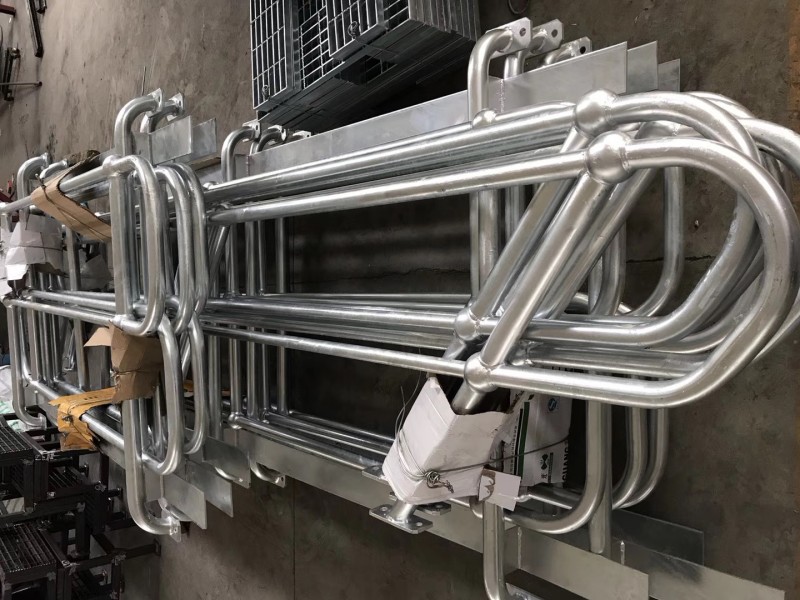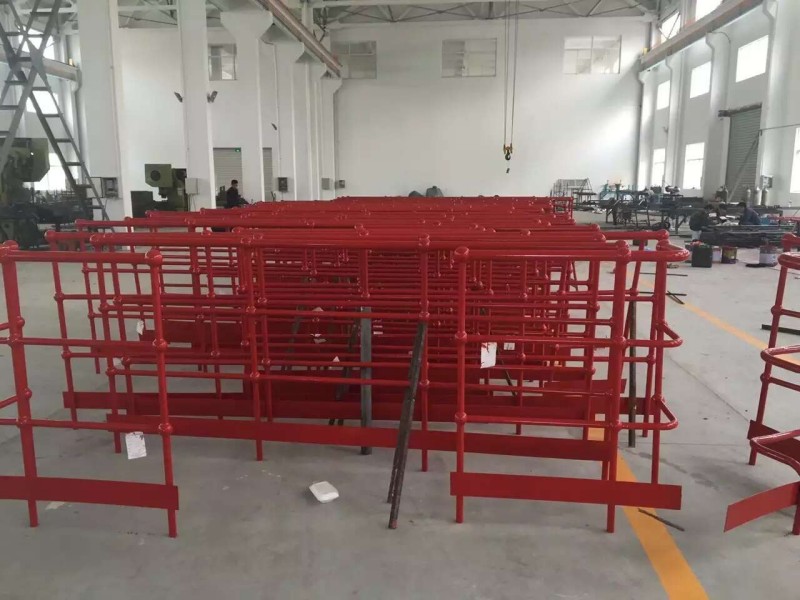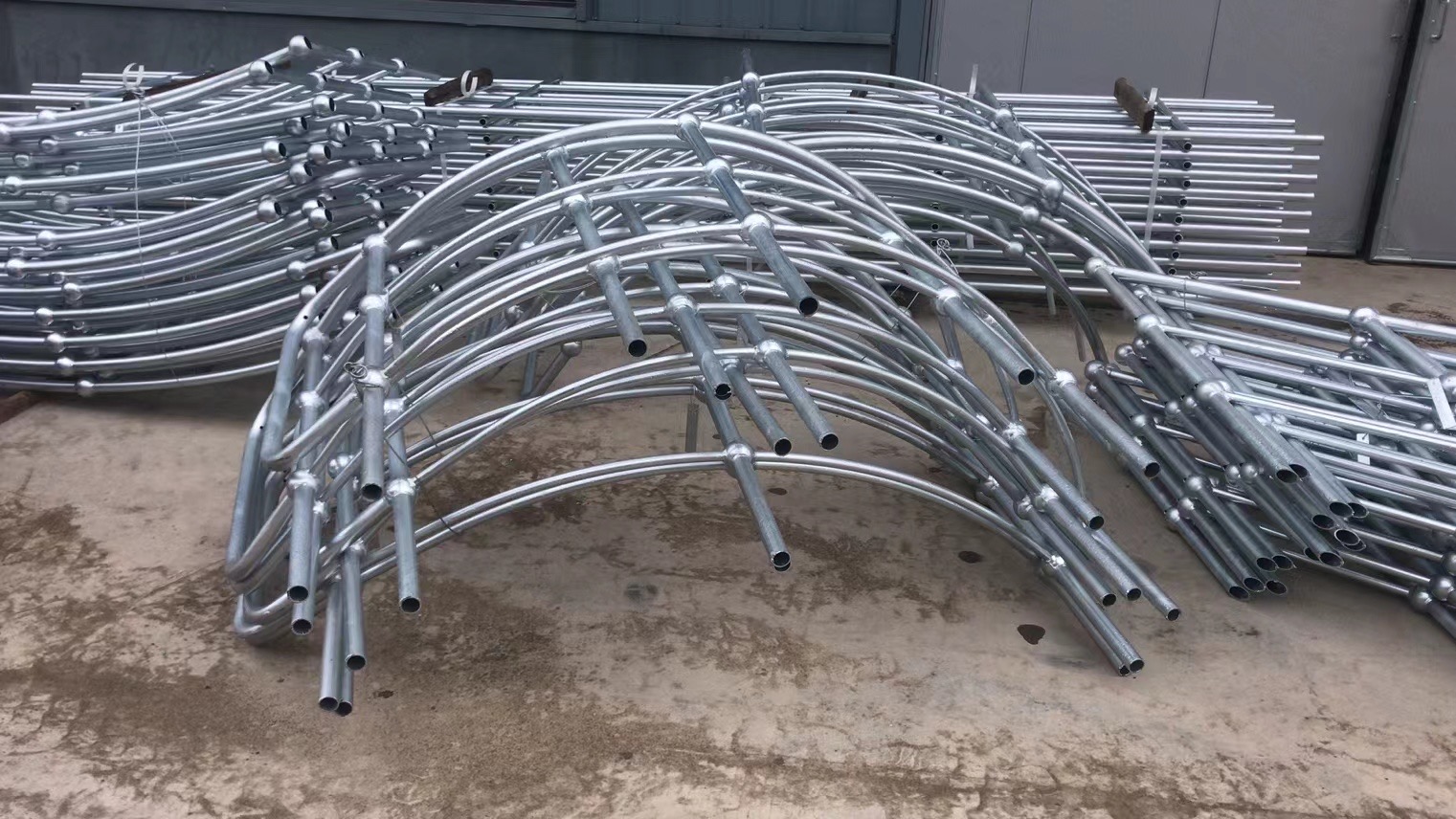In the protection design of industrial platforms, "ball joint railings" have become one of the standard configurations. Today we will unveil the design of the spherical railing column.

The standard spherical railing structure usually consists of one column + two or three rails:
Two rails (double rail structure):
It is used in platform areas with a height of no more than 1050mm. It is the most common configuration in industrial plants, which not only guarantees basic protection but also does not block the line of sight.
Three rails (three-layer railing structure):
It is mostly used in aerial work platforms, public passages, dangerous edge areas, etc., and has higher requirements for protection levels. Crossbars are set at the top, middle and bottom to effectively prevent people from stepping on them by mistake or objects from falling.

This reflects a major advantage of the ball joint railing system:
The rail perforation is precisely cast through the ball head flange and formed in one piece;
After the crossbar is inserted, it is fastened with bolts, without welding, and modular installation;
Even if it is replaced or moved later, it is extremely convenient without large-scale disassembly.

Power plant inspection platform
Petrochemical pipeline corridor area
Photovoltaic maintenance walkway
Sewage treatment channel
Bridge elevated guardrail
Municipal equipment enclosure

Whether indoors or outdoors, the safety + aesthetics + maintainability of the ball joint railing make it the "golden partner" among all kinds of platform guardrails.
When choosing a ball joint railing structure, in addition to considering the column spacing (generally 1000mm or 1500mm), it is also necessary to determine the number of rails according to the platform purpose, personnel flow and drop height to ensure that the safety level meets the standard.
